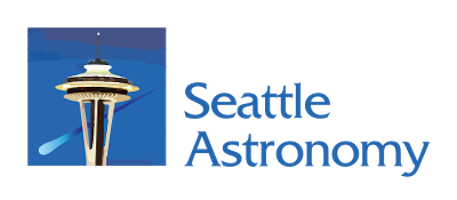 |
| Whitworth University sophomore Brayden Hollis, a triple major in computer science, physics, and math, has been awarded a highly competitive MUST scholarship from NASA. Photo: Whitworth University. |
“I’m a computer science major, physics major, and math major, which covered three of those,” he said. “Plus I’d done some robotics in high school. I thought I sounded perfect for the scholarship.”
Noting his three majors and 4.0 grade average, NASA agreed and gave Hollis the word last summer that he’d been accepted for the MUST Scholarship. He’s hoping to hear some time in March where he’ll spend his summer internship. He’s applied for a couple of them at the Goddard Space Flight Center in Maryland and another at the NASA Jet Propulsion Laboratory in California.
Hollis said he had not been considering a career in aerospace, but rather was leaning toward computer science.
“I like physics and math a lot as well, and they also all work together really well,” he said, adding that the scholarship is a great opportunity to get some experience.
“It will give me a chance to actually experience computer science and both physics and math in the real world. There are a lot of different opportunities I can apply for, so I can test out a few different ones and see where I want to go and what I want to do.”
The sciences are booming at Whitworth, where the number of science majors has doubled in the last ten years. About a quarter of the university’s 3,000 students are now majoring in a science field.
“The programs here are really good,” Hollis said. “I’ve been really happy with all of my teachers and my classes. I feel like I’m learning a lot.”
Susan Mabry is Hollis’s NASA mentor, program advisor, and a Whitworth associate professor of computer science. She describes Hollis as an exceptional and well-rounded student who thoroughly enjoys being challenged.
“Brayden is one of those rare students who looks beyond grades or position – he focuses on learning, on mastering material and on seeking ways to employ that knowledge,” Mabry said.
Education is a key at NASA, as explained by its administrator, Charlie Bolden, on a recent visit to Seattle. The MUST Project aims to attract and retain underserved and underrepresented students in STEM through a progression of educational opportunities.
Investments in super bright students such as Hollis seem destined to return great dividends.






